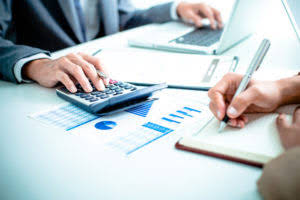
Alternatively, if the sale amount is Coffee Shop Accounting only $6,000, the company ABC Ltd. will make a loss of $375 (6,375– 6,000) on the sale of equipment. Vyde is a licensed accounting firm (CPA) based in Provo, Utah, and members of the AICPA. We provide professional accounting services to businesses and individuals, with a focus on small business bookkeeping and taxes.
Example of the Depreciation Entry
- And this cost will be depreciated for four years period in order to match the equipment cost to the benefits it is expected to provide to our business over its useful life of four years.
- Costs forming part of buildings fixed assets typically include the following.
- Whether it’s recording acquisitions, calculating depreciation, or handling disposals, understanding the intricacies of fixed asset accounting is crucial for any business.
- They are not part of the trading inventory, and are not involved in the day to day working capital cycle of the business so are not readily convertible into cash.
Organizations may present fixed assets in a number of different ways on the balance sheet. Conversely, they could also be presented as the gross value of total fixed assets along with the accumulated depreciation recognized to date, aggregated to their net value. Entities may even keep it simple and fixed asset accounting entries present only one line item for fixed assets equal to the net value of fixed assets at a point in time. The presentation of fixed assets should be the most appropriate representation of how the fixed assets are used at an organization and the nature of the organization’s business.
Fixed assets on the income statement

In our second example, your company sells a $100,000 worth of bulldozer for unearned revenue $35,000 in cash, after having accumulated $70,000 in depreciation over time. For instance, if your company sells an asset, you would need to report the money received at the time of the sale. This practice ensures that you stay in the loop on the current costs and value of your assets and by that—the value of your business. This event would be recorded on its financial books as a sudden and significant decrease in the market value of these assets, falling below their net value.
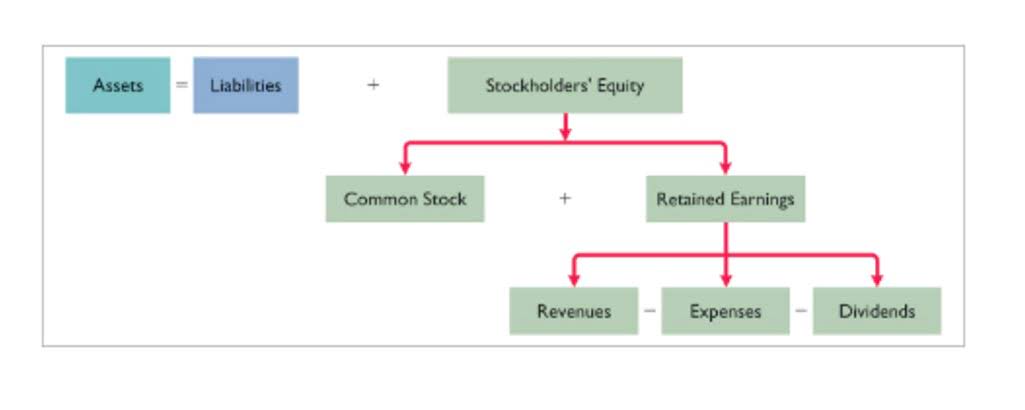
Asset Valuation Methods and Depreciation
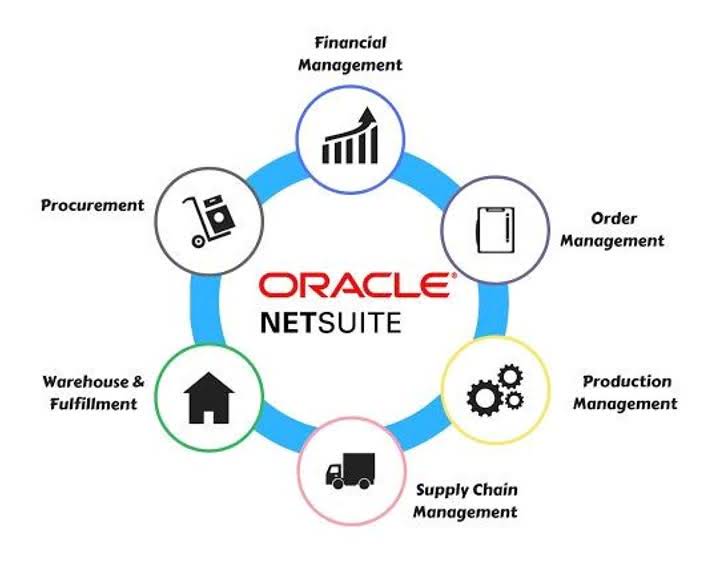
Document the disposal transaction and journal entry for future reference and audit purposes. This documentation ensures transparency and compliance with accounting standards. The gain on disposal is calculated as proceeds from the sale ($10,000) minus the carrying value of the van ($8,000), resulting in a gain of $2,000.
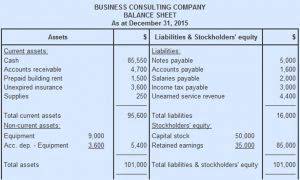
The journal entry to record a disposal includes removing the book value of the fixed asset and its related accumulated amortization from the general ledger (and subledger). Since fixed assets are used for a longer period of time, they are likely to devalue with use. Depreciation is the practice of accounting for an asset’s decrease in value as it is used.
- Operating assets are those used in the daily functioning of a business and its generation of revenue, such as cash or machinery and equipment.
- It depends on the nature of an organization’s business which method best reflects actual use and the decrease in value of their fixed assets.
- The straight-line method stands out as the simplest approach to depreciation, as it ensures a consistent and predictable decrease in the asset’s value year after year.
- The fixed asset roll forward is a common report for analyzing and reviewing fixed assets.
- The journal entry of fixed asset write-off is a simple one if its net book value has become zero.
- Accruing tax liabilities in accounting involves recognizing and recording taxes that a company owes but has not yet paid.
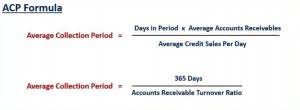
This may be due to the fair value of the revalued fixed assets can go back down (e.g. due to impairment) during its useful life, in which the reversal of revaluation will be required to reverse back the reserved amount. We can make the journal entry for capitalization of fixed asset by debiting the purchased cost of the asset into the fixed asset account and crediting the same amount into the cash account or payables account. Capitalization of the fixed asset is the process of recording the cost of the asset that has a useful life longer than one accounting period to the balance sheet.

